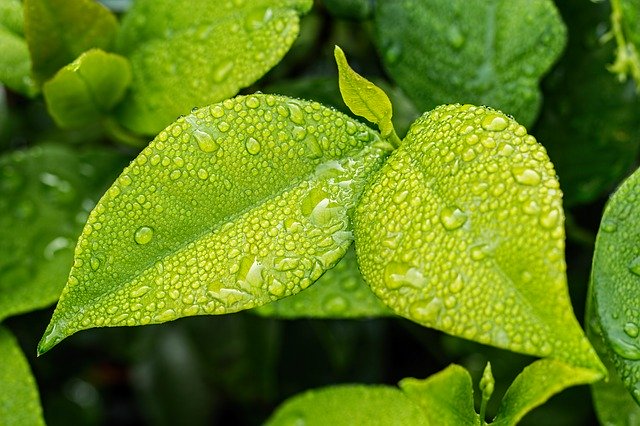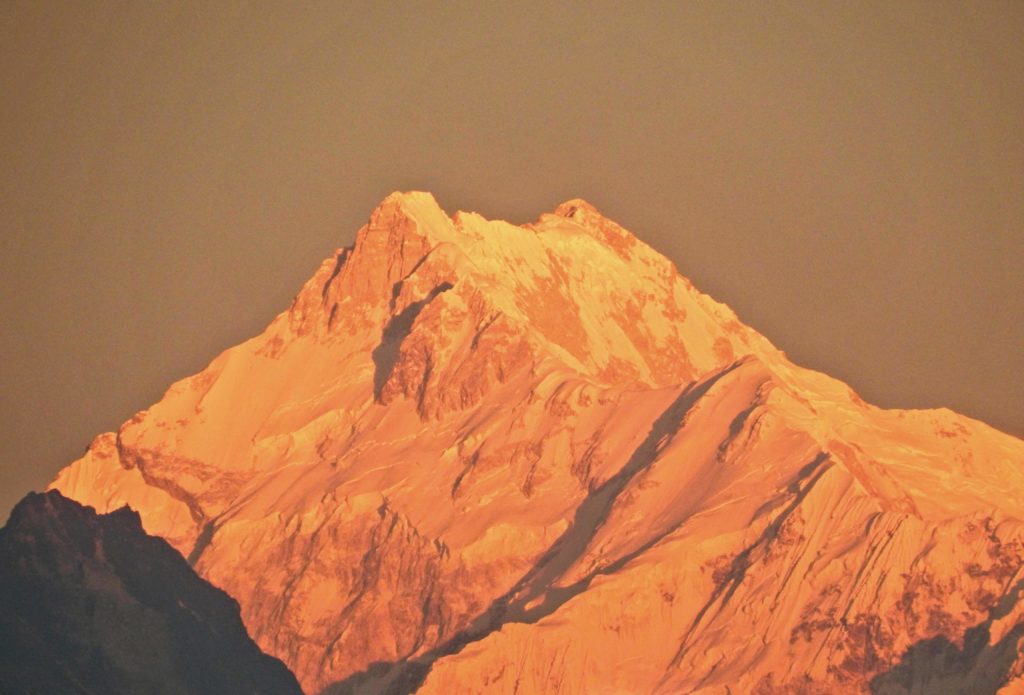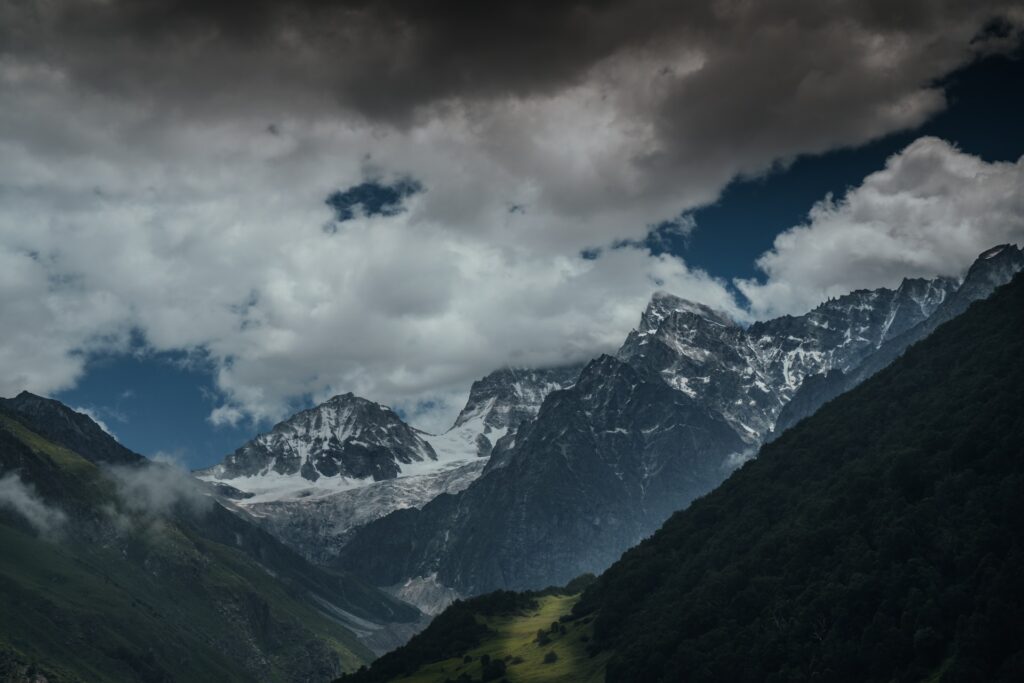India is a country with a huge landmass. Because of the vastness, India’s geography is unique and interesting in many ways. The following are 10 amazing facts about the geography of India. Let’s read.
10 amazing facts about the geography of India
1. The wettest place on Earth is in India
Mawsynram is the wettest place on Earth, located in the Indian state of Meghalaya. The average annual rainfall in the town is more than 11,800 mm (464.57 in), about 20 times the average annual rainfall for the city of London. Cherrapunji, also located in Meghalaya state, is the second wettest place in the world.

2. India has an island resided by uncontacted people
North Sentinel island is a small island in the Andaman island group. It is resided by the Sentinelese people who are still untouched by the modern world. Traveling to the island is prohibited by the Indian government. There have been instances when the Sentinelese people have killed people who tried to contact them.
3. India is a land of extreme temperatures
There are some towns in India that experience a winter temperature of below -30°C (-22°F). On the contrary, there are some towns that experience a summer temperature of above 50°C (122°F). India is truly a land of diverse climates and extreme temperatures.
4. India is one of the largest countries in the world
India is the seventh-largest country in the world by area. In terms of population, it is the largest.
5. Many of the world’s highest mountains are in India
There are 39 mountain peaks in India having elevations above 7,000 m (22,966 ft). The third-highest peak in the world, the Kanchenjunga is located on the India-Nepal border. Kanchenjunga has an elevation of 8,586 m (28,169 ft).
(Also read: Nanda Devi peak- The enchanting mountain)

6. The Tropic of Cancer passes through India
The Tropic of Cancer passes through India approximately cutting it into two equal parts. It passes through 8 states – Gujarat, Rajasthan, Madhya Pradesh, West Bengal, Chhattisgarh, Jharkhand, Tripura and Mizoram. It is because of the Tropic Of Cancer that India gets its distinct seasons.
(Also read: India’s borders | International borders in India)
7. The largest delta in the world is in India
The Ganges-Brahmaputra Delta is the largest delta in the world. It is shared by India and Bangladesh. Despite the harsh environment and the presence of tigers, millions live on the delta and obtain their daily needs from it.
8. India has some of the highest permanent human settlements
There are many high-altitude villages and towns in India. Karzok, a village in Ladakh, is the highest permanent human settlement in the country. It is located at an elevation of 4,570 m.
9. There are more than 7 major mountain ranges in India
The topography of India is quite diverse. There are many major mountain ranges in India. Some famous ones are:
- Himalayan range
- Karakoram range
- Aravali range
- Satpura range
- Nilgiri hills
- Western Ghats
- Eastern Ghats

(Also read: 10 major mountain ranges in India | subranges | destinations)
10. The largest and the second-largest mangrove forests are in India
Sundarbans mangrove forest is the largest mangrove forest in the world. 60% of the forest is located in Bangladesh and the rest in India. The second-largest mangrove forest, Pichavaram, is also located in India in the state of Tamil Nadu.
Read more